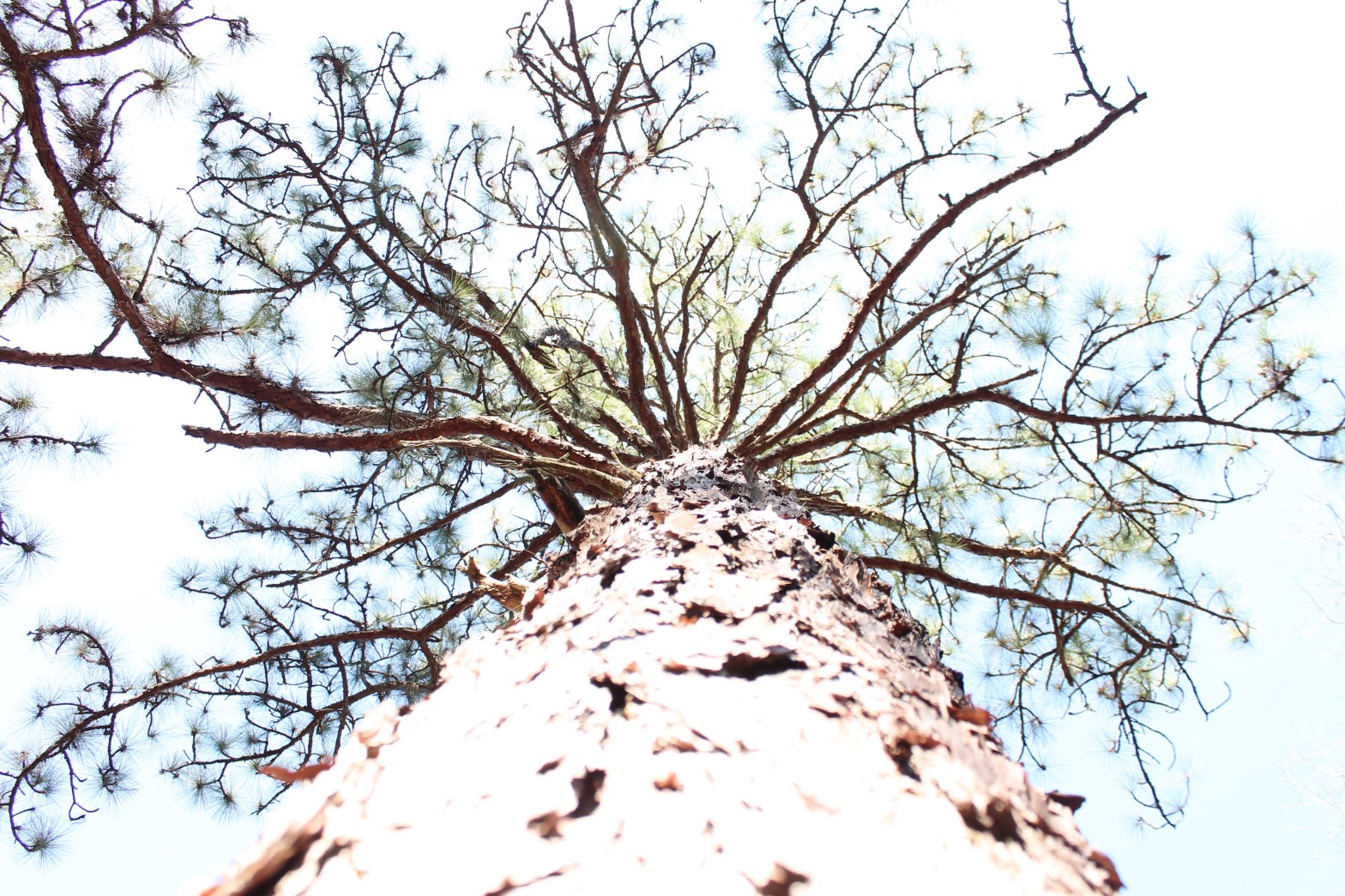What is Resiliency? Earlier this week I was asked what I thought:
- The world is presenting different problems and we must learn how to plan for and adapt to those changes. This is how we become resilient.
- We can be more resilient if we maintain and grow Resilient partnerships that have a common goal to always improve and learn.
- We must keep asking ourselves always if we are learning and adapting.
What drives Resiliency? This is not a new thing right? As a Soldier you are taught, if your knocked down, to quickly assess yourself, dust yourself off, pick yourself up, and smartly return to the mission.
POINT 1: Out environment has always been changing – But know there are more and more risks now than I can ever recount. Climate change, social and political instability, population increase vs natural resources.
Think back to the 1-2-3 punch this year with the Hurricanes in Texas, Florida, and then Puerto Rico not to mention the fires in California. And that is just the US.
The Army Corps looked at the “resilience space” and put it into four principle. The PARA principles: PREPARE, ABSORB, RECOVER, ADAPT: It’s a good way to look at planning.
PREPARE – What are our greatest threats (natural disaster, economic downturn, Social challenges?)
ABSORB – This includes responding and is an active step. Are we learning about where we failed to adapt, or our inadequate predictions and our expectations. “what happened”..
RECOVER – Do we know what a community needs to recover and what hits it can take and which hits it cannot IN ADVANCE.
ADAPT – Probably the most important step. Counting always on Change. How have we built in adaptation before the event, and how are we prepared to adapt if the worst case scenario or beyond worse case occurs. Communities have to be taking action and be ready for post-event surges in activity and awareness.
POINT 2: We can’t get to a resilient solution if we don’t build and maintain resilient partnerships. We can’t get there alone and we must not run away from partners at the first sign of discomfort or disagreement. Communication is always a good thing.
POINT 3: As we look back on this year nearly 170 days since Hurricane Maria hit the Island of Puerto Rico and only 80% of the lights are back on. We deployed hundreds of Soldiers and Government workers and thousands of contractors, and spent to date over $300M. So what have we learned? Do we leave a warehouse of Infrastructure parts down there so its a faster recovery next time a storm hits? Do we except that things are never going to be at pre-storm levels (do we want to or could we even rebuild everything to the same it was)? Is there a better answer to better prepare us for next time?
What are your thoughts on Resiliency?




